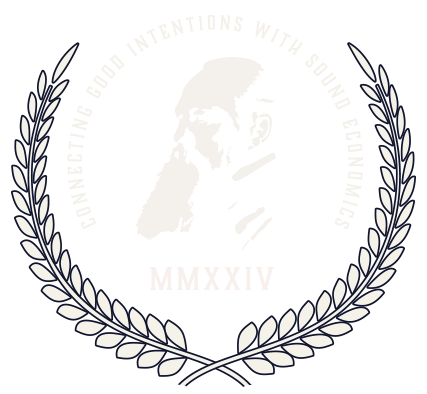Johnson presents a daunting tome of some one thousand pages filled with an interdisciplinary approach that views history as a whole, involving the interface between painters (Turner), musicians (Beethoven), scientists (Lyell), and ordinary people. This emphasis upon social history, avoiding the tendency of past historians to overemphasize political events, is common among contemporary historians. But, unlike many, Johnson does not bore the reader with mundane facts about plumbing contracts in nineteenth-century France, nor does he have a hidden socialist agenda to cut down to size the historical importance of great political and business leaders. As one has come to expect from Johnson, his prose is lively and his anecdotes are often amusing, yet always substantial. A case in point is his colorful portrayal of the richness of the intellectual life of Edinburgh in the early 1830s. According to Johnson, Edinburgh was a prime example of “a Renaissance sense of universalism” in which scientists and artists talked to one another and learned from one another, in sad contrast to the present day. Johnson succeeds in allowing the “distinct voices” of the age to be heard, from Andrew Jackson to George Sand.
Vivid pictures of social life, of both the small and the great, are found in abundance. One example is the curious difference of opinion between the British and the Americans on the propriety of shaking hands (the British reserving such a greeting for close relations). Johnson’s portrayal of the events surrounding the crucial Congress of Vienna, where the shape of Europe after Napoleon was decided, is a lively portrait of people praying, hunting, gambling, and even discovering the waltz, all in the midst of participation in the Congress’s momentous political decisions, which kept the peace, more or less, in Europe for almost one hundred years. We are reminded that political events do not occur in a vacuum, unrelated to real lives.
But, at the heart of the Birth of the Modern, is the idea of liberty.While Johnson unfortunately does not explicitly say it, the data he presents demands this conclusion. And, through the author’s interdisciplinary approach, it is obvious that liberty intoxicated the whole of society and culture in the early 1800s. As Johnson claims, “The early 19th century was a great age of science precisely because it was a great age of poetry.” This is a strong statement. But it makes sense because of the freedom of the imagination that both scientist and poet began to experience in that age. Because scientists such as Lyell and Davy did not come out of the universities, where a guild mentality admitted only certain ideas (cf. the contemporary American “politically correct” university), science was able to blossom in the nineteenth century. Certainly this flourishing was true socially and economically with Great Britain, where the Industrial Revolution developed because the British government left the entrepreneur free to pursue his goals.
Nevertheless, there was a dark side to the advent of the modern world–a risk of freedom, it seems to me. Hence, slavery progressed as a consequence of industrialization addressed not as a problem to be practically remedied but as a great ideological chasm that divided a nation more and more and could only be resolved, tragically, by a civil war. So Johnson argues. The parallel to the contemporary abortion controversy is chilling.
With the creation of new wealth, ironically, the “luxury” to consider the question of the poor came about. “For the first time in history, resignation before the suffering and degradation inherent in the human condition was no longer necessary.” Before the advent of capitalism, poverty was inevitable if you were born into that class. But, sadly, the developing Western consciences would often blame the free market as the cause of poverty rather than turn to it for a measure of relief and hope.
The manifold examples of societal structures that reflected this new burst of freedom are striking: From the organs of public opinion, to the rise of modern banking and credit, liberty was creating a better life. It was also being constantly threatened by a reaction, whether in the form of the Chinese scholar-totalitarians, or by the German philosopher Fichte’s ideas of power and nationalism, or by the contract breaking of the growing labor movement–all obviously portents of things to come.
Johnson shows that during this period, the artist as genius (Beethoven, Byron, Shelley) became a virtual new religion. This certainly was another consequence of liberty, the freedom to create, but the debauched lives of Byron and Shelley reveal that liberty is a precious responsibility. At this point, Johnson’s inadequate attention to religion is unfortunate. Certainly a discussion of the advent of frontier evangelicalism in early nineteenth- century America with its dynamic optimism and individualism is worthy of attention in such a work as the author’s. And why were nineteenth-century heroes such as Byron and Shelley viewed as such when their ideas were antithetical to religion?
In addition to the absence of religion, the work suffers from a lack of analysis. Does the artistic and economic imagination lead inevitably to atheism, on the one hand, and the worship of lucre, on the other? Many of our contemporaries would lead us to believe yes. Such a discussion is not to be found in Johnson. The reader is appreciative for the incredible amount of facts contained within but thirsts for analysis, for wrestling with questions of “why?” Johnson provided a stimulating and provocative analysis in a much smaller, earlier book, Intellectuals. Why he did not do so in such a larger volume is puzzling.











